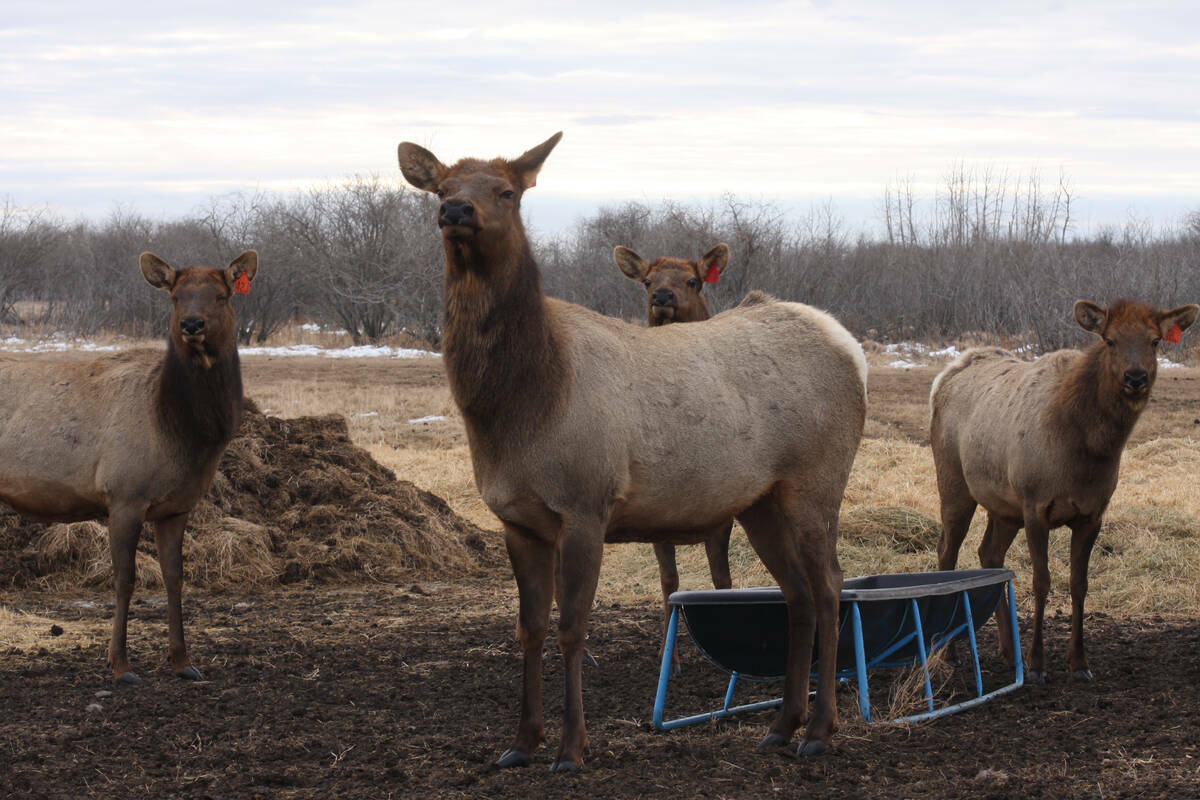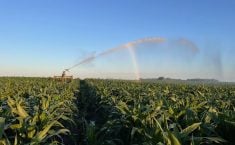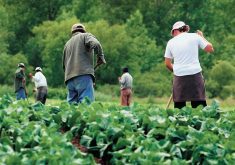Ottawa is putting $54-million into ‘living labs’ initiatives in six provinces, including $8.5 million in a project that will be led by Alberta Beef Producers.
“Each living lab will focus on identifying innovative technologies and on-farm management practices that can be adopted by farmers nationwide to tackle climate change,” the government said in a release.
“The solutions developed will also help protect biodiversity on farms, improve water and soil quality, and, through the efficient management of resources, strengthen farmers’ bottom lines.”
Read Also

Cervid harvest preserves to be developed in the province under Bill 10
The Government of Alberta has given approval for creation of cervid harvest preserves.
The idea behind the living labs concept is “to develop practical systems-based approaches that work on farm.”
Last spring, Ottawa pledged to spend $185 million over 10 years on the program, and earlier this month, federal Agriculture Minister Marie-Claude Bibeau came to Calgary to announce $54 million worth of specific projects, including the portion spearheaded by Alberta Beef Producers.
“We recognize the importance of our continual efforts to improve carbon sequestration, reduce greenhouse gas emissions and mitigate impacts of climate change, while ensuring farms remain competitive, profitable and sustainable for future generations,” Melanie Wowk, chair of the cattle group, said at the news conference.
Several farm leaders came to hear the announcement and some said recognition of cattle producers’ stewardship efforts is long overdue.
“This is a starting point and I hope that they’re starting to recognize the importance of food security and the contributions we make to Canadian agriculture,” said Callum Sears, president of the Western Stock Growers’ Association.
“For years, we’ve gone unrecognized and unpaid for our environmental benefits we provide.”
The Stavely area producer noted that growing crops like canola is far more profitable.
“You know, in nine years out of 10, I’d make more money, but it’s not the right thing to do with the land that I raise cattle on,” said Sears.
But even though cattle producers are practising good land stewardship, they don’t have programs like those available on the grain and oilseeds side, he said.
“You get a drought, didn’t get any crop, government assistance steps in, and you’re OK (because of) crop insurance. They’ve got really good programs. We don’t have very good programs on the cattle side.
“And I think that we’re no less equal than a grain farmer. In fact, I would argue that our environmental work is much more significant (with) the environmental benefits we provide.”
That view was echoed by Kyle Forbes, chair of the Alberta Grazing Leaseholders Association.
“I’m thankful that we’re finally being recognized a little bit for the work that we’ve always done on grasslands,” said the Suffield-area producer. “As far as the carbon sequestration conversation goes, I’m really hopeful to start to see more of that rollout on the cattle side.”
Good stewardship practices are not new to the ranching sector, he added.
“It’s something that we’ve been doing for the last 150 plus years on cattle ranches in Western Canada,” said Forbes. “And, you know, it’s about time that we’ve been recognized.”
The Alberta living lab projects will look at six areas: grazing management; livestock feeding; nutrient management; increasing carbon storage; land-use changes; and crop rotations and cropping systems. Alberta Beef Producers is one of 16 participants in the province, which includes Alberta Wheat and Barley, Ducks Unlimited Canada, research institutions and other organizations.
The $8.5 million for the ABP project will be spread over five years and is expected to involve 50 livestock and crop producers, who will test specific practices on commercial-scale operations.
“Project participants will be primarily located in three geographical regions: the Peace region; Edmonton/Central region; and Lethbridge region,” Alberta Beef Producers said in a release.
Living lab projects were first set up in Prince Edward Island, Manitoba, Quebec and Ontario and the latest funding announcements will see them established in the other six provinces. That includes the first Indigenous-led living lab: the Bridge to Land Water Sky project, to be operated west of Prince Albert by the Mistawasis Nêhiyawak and Muskeg Lake Cree Nation.
Each of the labs will focus on “identifying innovative technologies and on-farm management practices that can be adopted by farmers nationwide to tackle climate change,” the government said.
More specifically, the new projects explored at each living lab are to focus on carbon sequestration and mitigating greenhouse gas emissions via development and testing of beneficial management practices (BMPs), which “could then be widely adopted across the region and country.”
The announced projects — and their exact final non-repayable funding — are still subject to negotiation of contribution agreements with the lead recipients, the government said, also noting more living labs will be announced in the coming year.
The living labs initiative has been around since 2018 and, at that time, the focus was on a wider range of environmental issues. Now it is specifically on reducing greenhouse gas emissions and sequestering carbon.
Another $7.7 million is going to the Alberta Conservation Association and Food Water Wellness Foundation, which are collaborating on a living lab to “improve soil health, reduce costs of production and sequester carbon in the soil using regenerative agriculture.”
This will include cover cropping, intercropping, relay cropping, adaptive multi-paddock grazing, use of perennials and animals in cropping systems, and feeding strategies to cut methane emissions.
And $6 million was pledged for the Peace Region Forage Seed Association, to look at “farms as a whole, including land management, economics and the social aspects of applying new BMPs” in the region.
Applicants seeking funding for living labs were required to form a network of partnerships within a province, such as with producer organizations and other agricultural not-for-profits, along with Indigenous organizations and environmental groups.
The goal, the government said, is to set up at least one such collaboration hub in each province.















